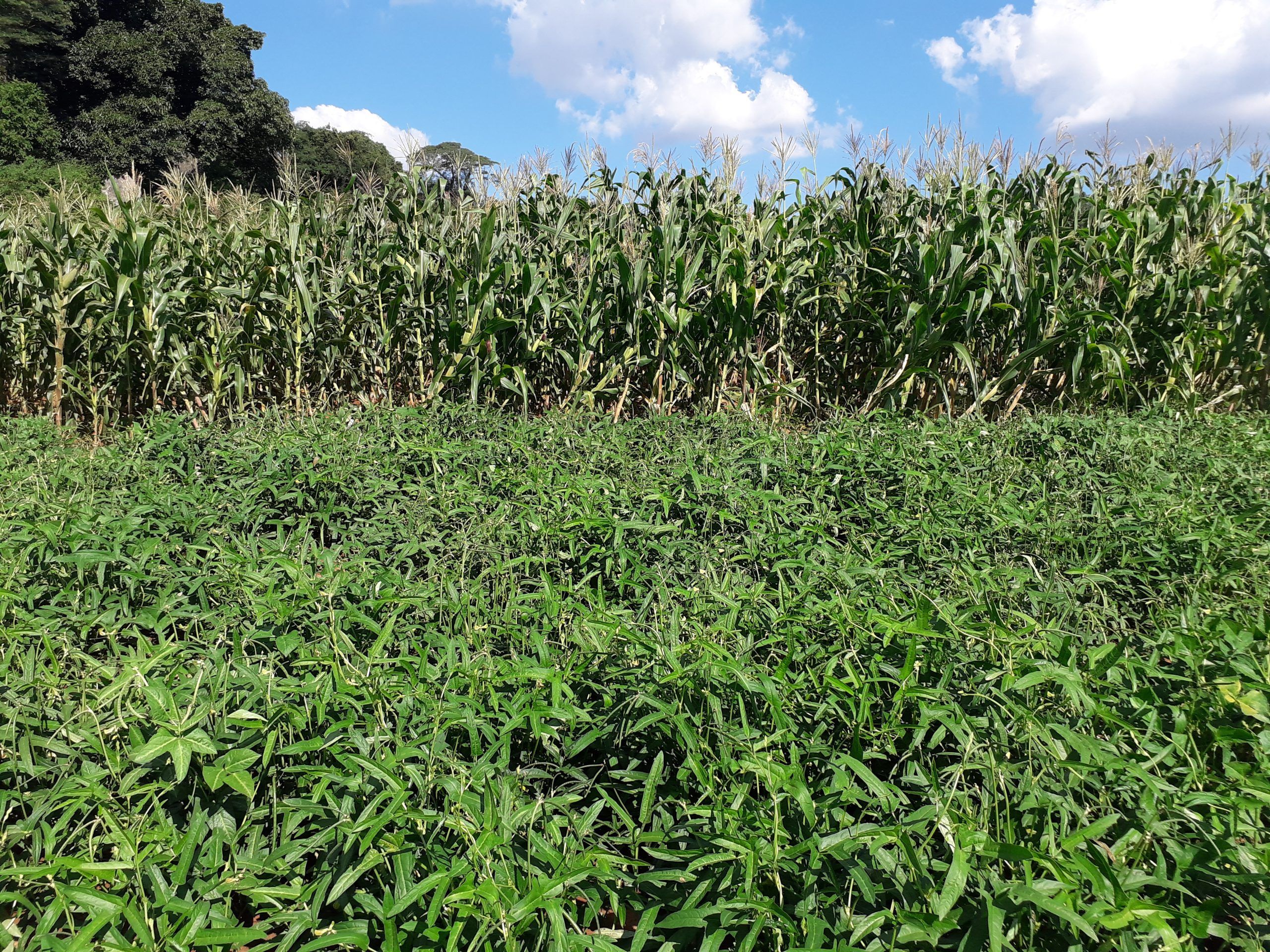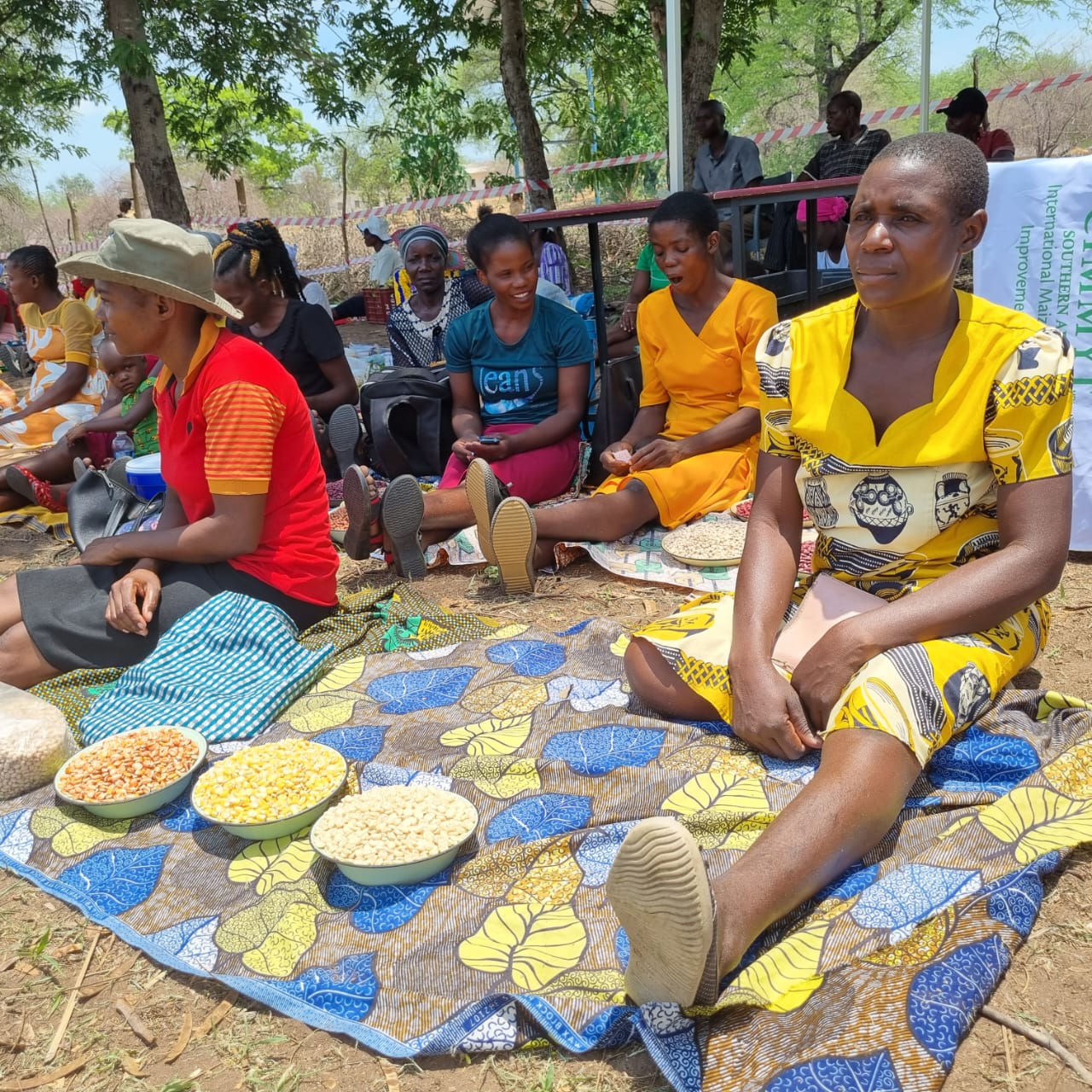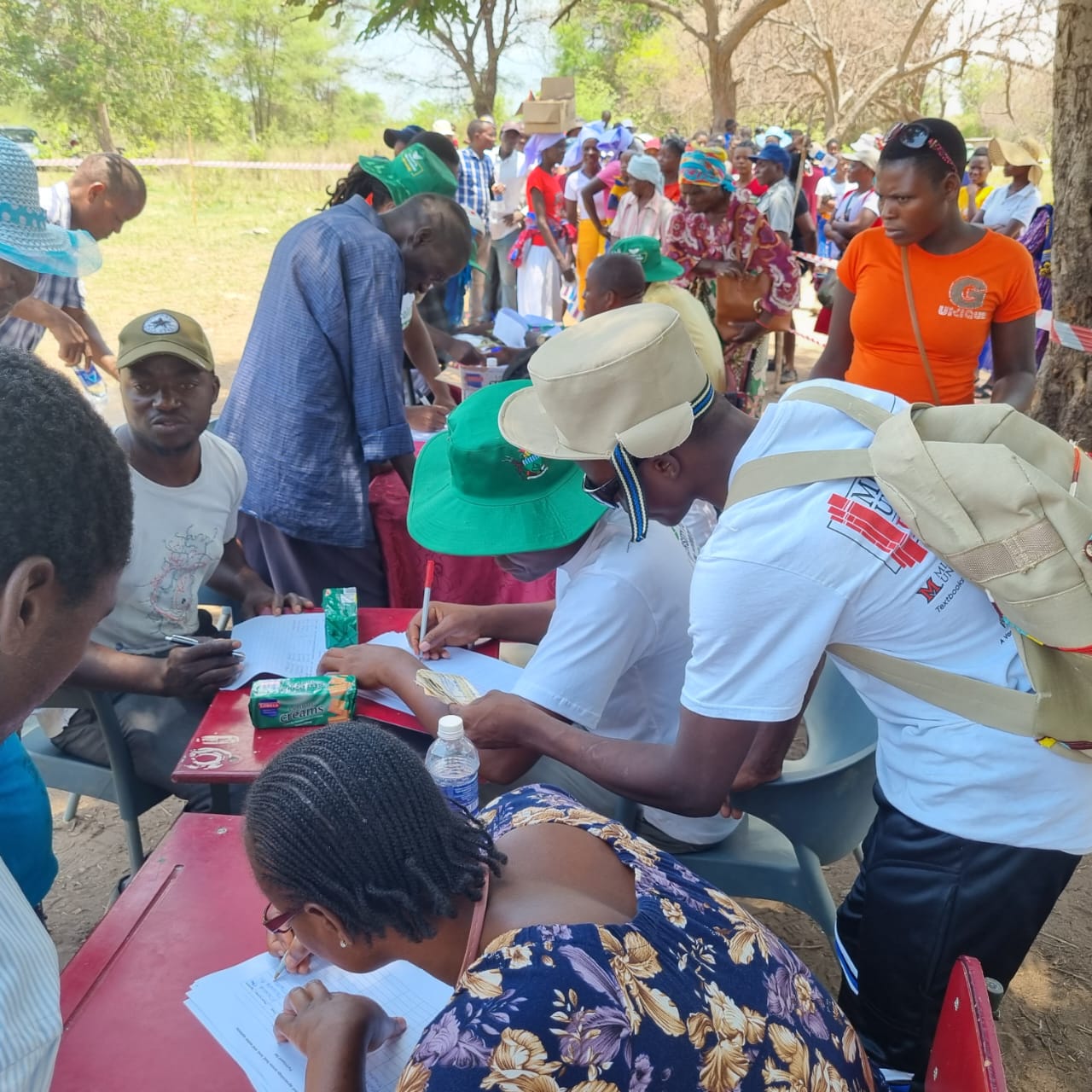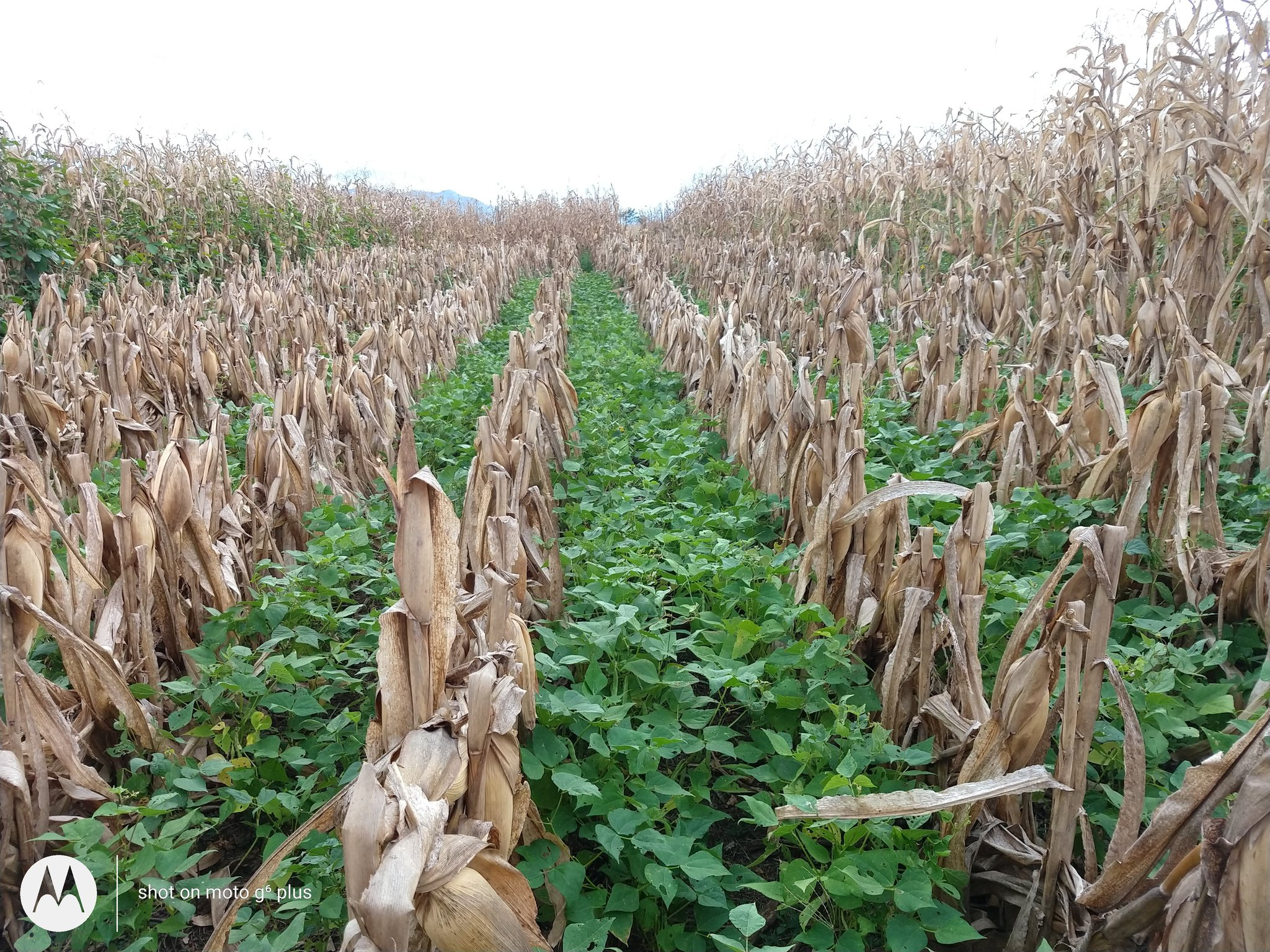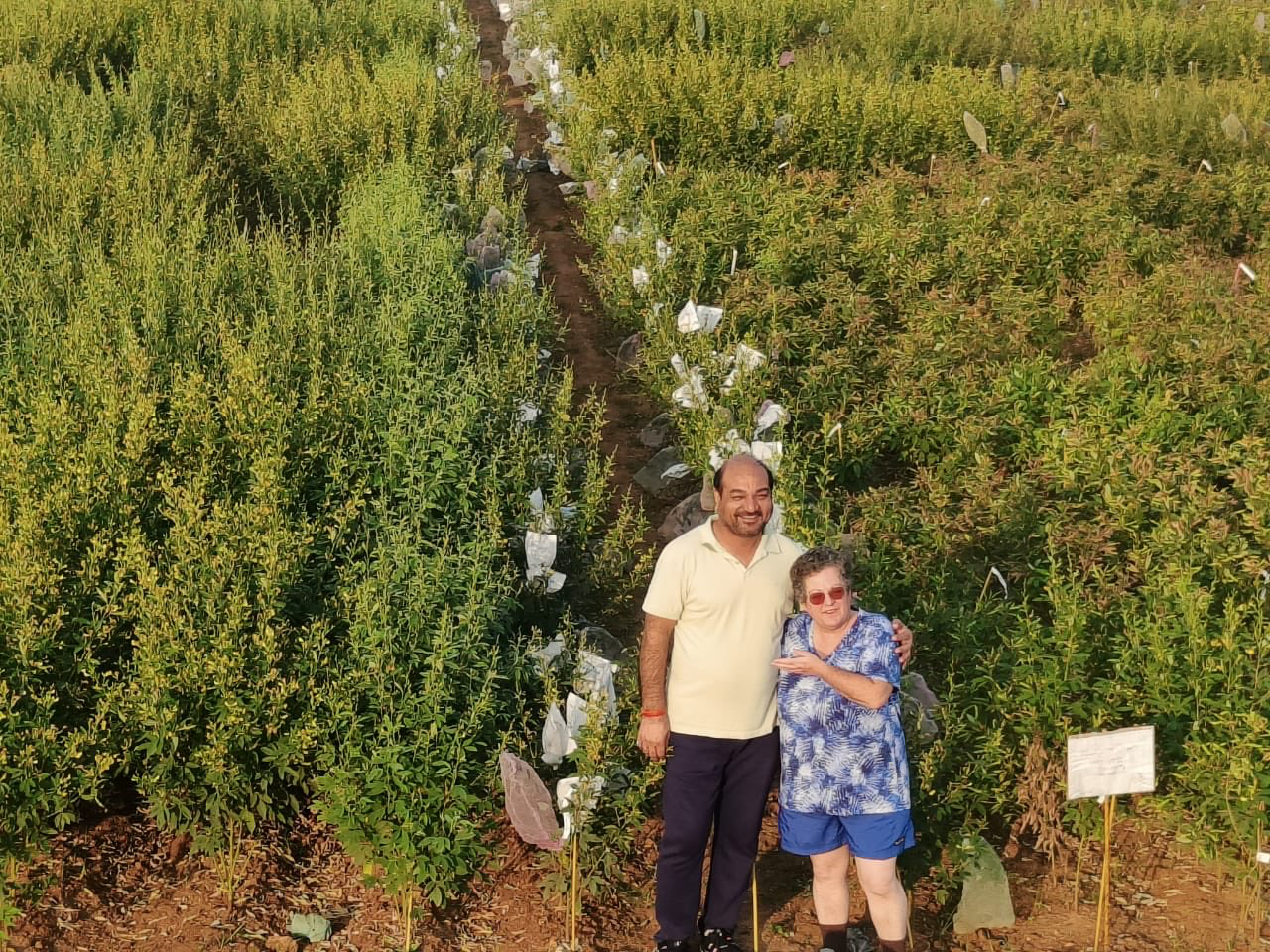In sub-Saharan Africa, mineral fertilization and agroecology are not incompatible
Are agroecological approaches, based for example on the use of legumes and manure, enough by themselves to ensure a long-term increase in annual crop yields in sub-Saharan Africa (SSA), without using more mineral fertilizer?
The answer is no, according to a team of agronomists who have published an in-depth analysis of 150 scientific articles on annual crops (maize, sorghum, millet, rice, cassava, etc.) and tropical legumes, both annual grain legumes (cowpea, groundnut) and legume trees (acacia, sesbania) in tropical environments.
These publications collate 50 years of knowledge on nutrient balances in sub-Saharan Africa, biological nitrogen fixation by tropical legumes, manure use in smallholder farming systems and the environmental impact of mineral fertilizer.
“When we look at comparable climate conditions and physical soil constraints, yields of maize – the main source of calories for people – in sub-Saharan Africa are three to four times lower than elsewhere in the world. This is largely due to the fact that mineral fertilizer use (nitrogen, potassium) is on average four times lower there”, says Gatien Falconnier, a researcher at CIRAD based in Zimbabwe and lead author of the article. “On average, 13 kg of nitrogen are used per hectare and per year in sub-Saharan Africa, for all crops, bearing in mind that the poorest farmers have no access to nitrogen fertilizers and therefore do not use them. It is mainly agri-business and vegetable farmers that have access to fertilizers”, adds François Affholder, an agronomist at CIRAD based in Mozambique and co-author of the article.
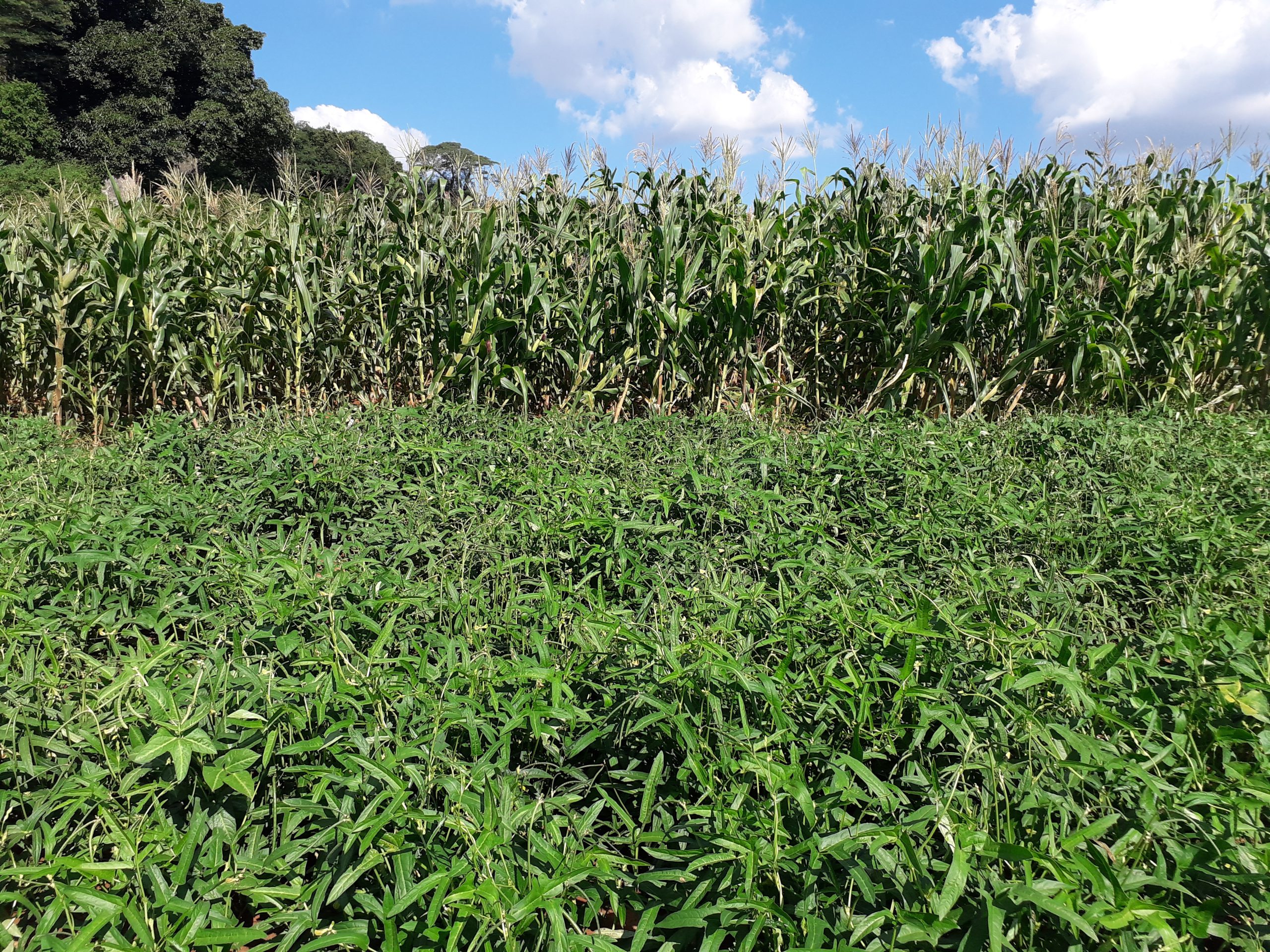
“Our objective is not to produce like Europe or North America, but to produce more and more regularly according to the seasons and the years, and thus to increase the economic sustainability of our farming systems. To do so, we must ensure a minimum level of nutrients for crops, which require essential mineral elements for efficient photosynthesis, and therefore growth. Soils are typically lacking in mineral elements in sub-Saharan Africa, and the largely insufficient organic inputs lead to nutrient deficiencies in crops. This is the main limiting factor for crop yields, excluding drought situations”, says Pauline Chivenge of the African Plant Nutrition Institute (APNI). “The work by Christian Pieri showed as early as 1989 that it is possible to restore high levels of fertility to African soils through a balanced approach to organic and mineral nutrient inputs”, says François Affholder.
The article highlights five reasons why more mineral fertilizer is needed in sub-Saharan Africa:
- Farming systems are characterized by very low mineral fertilizer use, widespread mixed crop-livestock systems, and significant crop diversity, including legumes. Inputs of mineral elements to crops by farmers are insufficient, resulting in a widespread decline in soil fertility due to soil nutrient mining.
- The nitrogen requirements of crops cannot be met solely through biological nitrogen fixation by legumes and manure recycling. Legumes can only fix atmospheric nitrogen if symbiosis with soil bacteria functions correctly, which requires absorption of different mineral elements by the plant. Ken Giller of Wageningen University highlights that the ability of legumes to capture nitrogen from the air through their symbiosis with rhizobium bacteria is a fantastic opportunity for smallholder farmers, “but the amounts on nitrogen fixed are very small unless other nutrients such as phosphorus are supplied through fertilizers”.
- Phosphorus and potassium are often the main limiting factors of the functioning of plants and living organisms, including symbiotic bacteria: if there is not enough phosphorus and potassium in soils, then there is no nitrogen fixation. These nutrient elements, phosphorus, potassium and micro-elements, need to be provided by fertilizers, since they cannot be provided by legumes, which draw these elements directly from the soil. In the case of manure, this is simply a transfer from grazing areas to cultivated areas, which gradually reduces fertility in grazing areas.
- If used appropriately, mineral fertilizers have little impact on the environment. The greenhouse gas emissions linked to nitrogen fertilizer use can be controlled through a balanced and efficient application. In addition, mineral fertilizers can be produced more efficiently in order to reduce the impact of their production on greenhouse gas emissions, keeping in mind that this impact is low, at around 1% of total anthropogenic emissions.
- Further reducing mineral fertilizer use in SSA would hamper productivity gains and would contribute directly to increasing food insecurity and indirectly to agricultural expansion and deforestation. Producing for a population that will double by 2050 is likely to require the use of more agricultural land. An extensive strategy thus harms biodiversity and contributes to increasing greenhouse gas emissions, contrary to an agroecological intensification strategy combined with efficient and moderate mineral fertilizer use.
“If we take account of biophysical production factors, such as climate and soil, and shortages of land and agricultural workers, it will be impossible to reach a satisfactory production level by fertilizing soils only with manure and using legumes”, says Leonard Rusinamhodzi, an agricultural researcher at the Ghana International Institute of Tropical Agriculture.
However, “agroecological principles linked directly to improving soil fertility, such as recycling of mineral and organic elements, crop efficiency and diversity, with for example agroforestry practices and cereal-legume intercropping, remain essential to improve soil health. Soil fertility is based on its organic matter content, provided by plant growth that determines the biomass that is returned to the soil in the form of roots and plant residues. Efficient mineral fertilizer use starts a virtuous circle. These nutrients are crucial for the sustainability of agricultural productivity”, says Gatien Falconnier.
The researchers therefore argue for a nuanced position that recognizes the need to increase mineral fertilizer use in sub-Saharan Africa, in a moderate manner based on efficient practices, in conjunction with the use of agroecological practices and appropriate policy support. This balanced approach is aimed at ensuring long-term food security while preserving ecosystems and preventing soil degradation.
Référence
Falconnier, G. N., Cardinael, R., Corbeels, M., Baudron, F., Chivenge, P., Couëdel, A., Ripoche, A., Affholder, F., Naudin, K., Benaillon, E., Rusinamhodzi, L., Leroux, L., Vanlauwe, B., & Giller, K. E. (2023).
The input reduction principle of agroecology is wrong when it comes to mineral fertilizer use in sub-Saharan Africa. Outlook on Agriculture, 0(0). https://doi.org/10.1177/00307270231199795
*CIRAD, CIMMYT, International Institute of Tropical Agriculture (IITA), Wageningen University and the African Plant Nutrition Institute (APNI)
Contact: presse@cirad.fr
Scientists:
Gatien Falconnier
gatien.falconnier@cirad.fr
Pauline Chivenge
P.CHIVENGE@apni.net
Leonard Rusinamhodzi
L.Rusinamhodzi@cgiar.org
